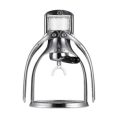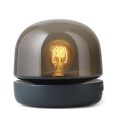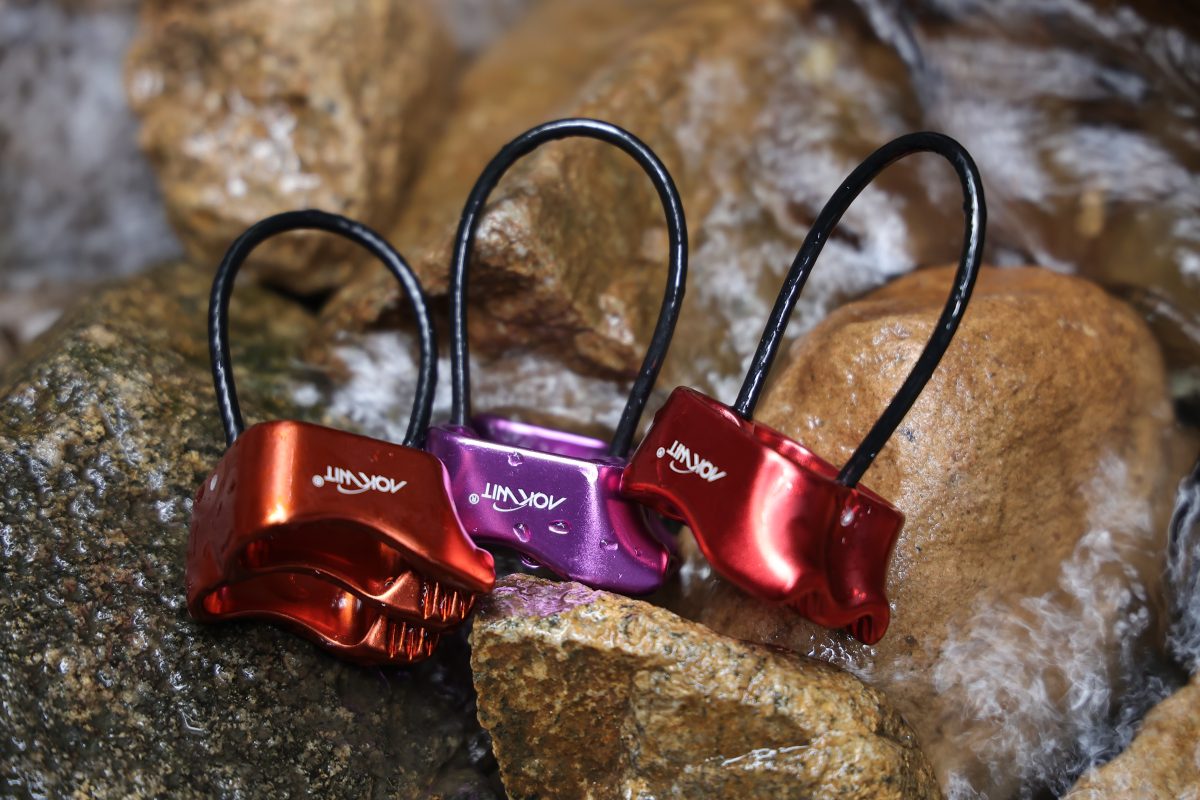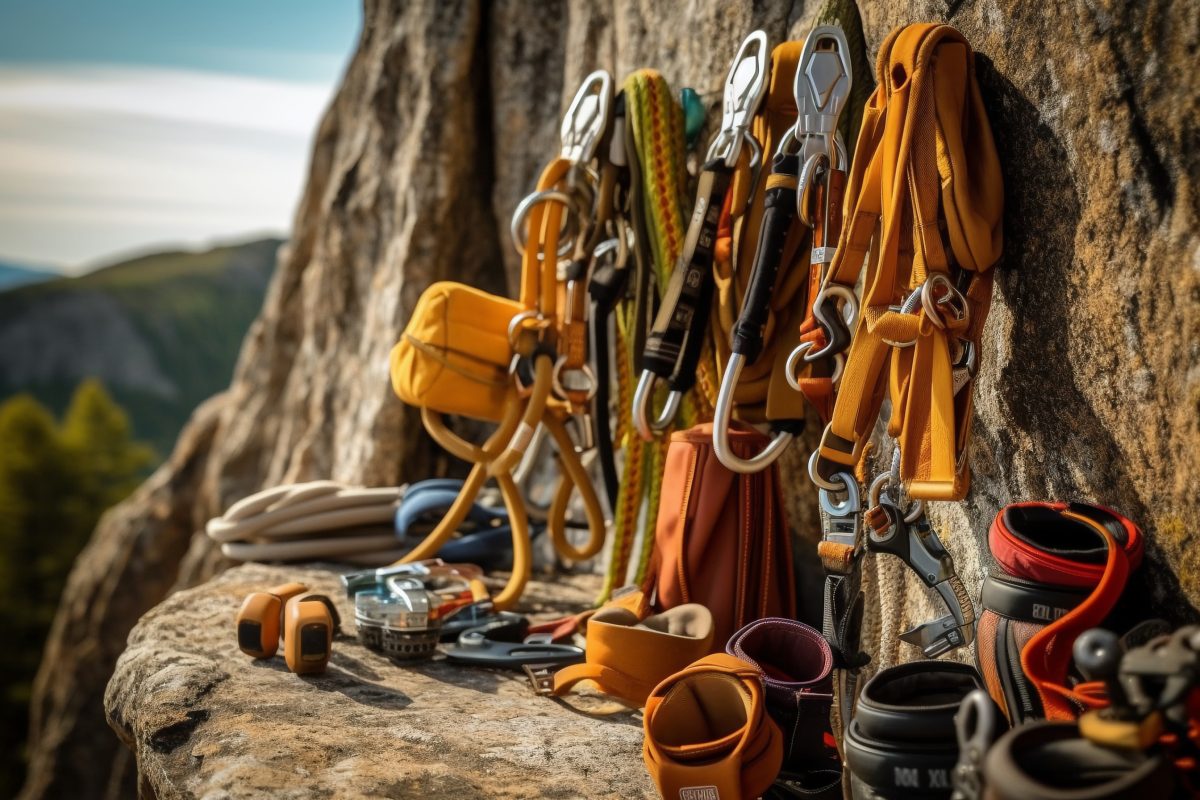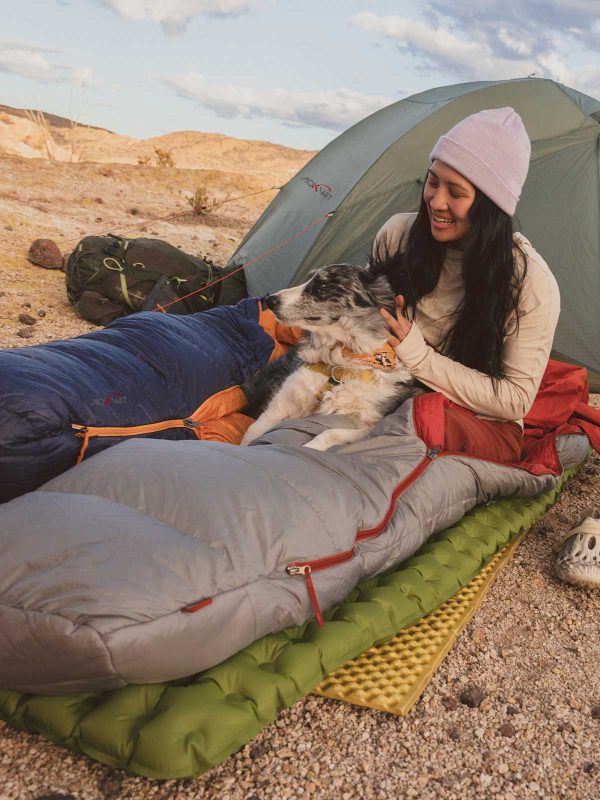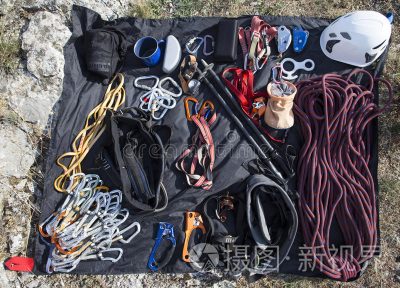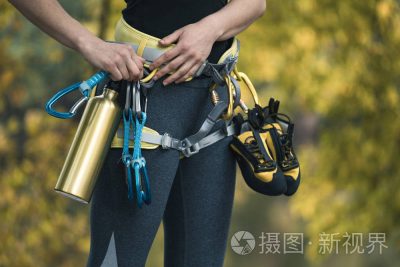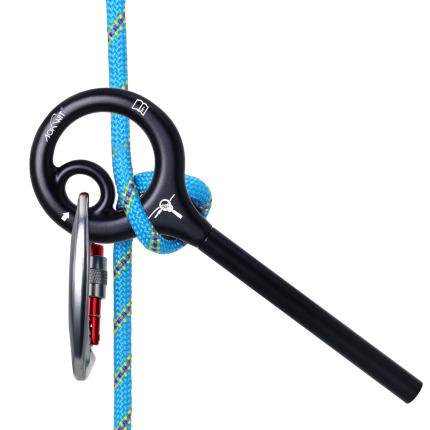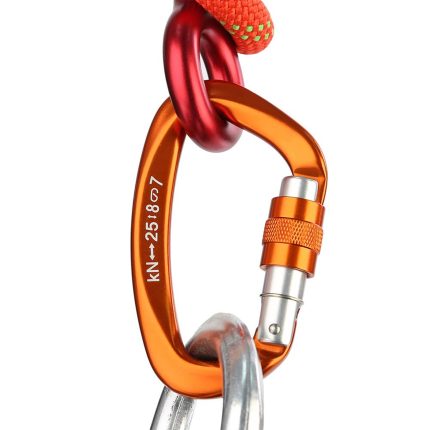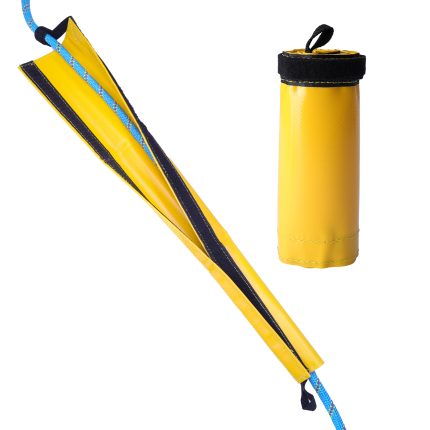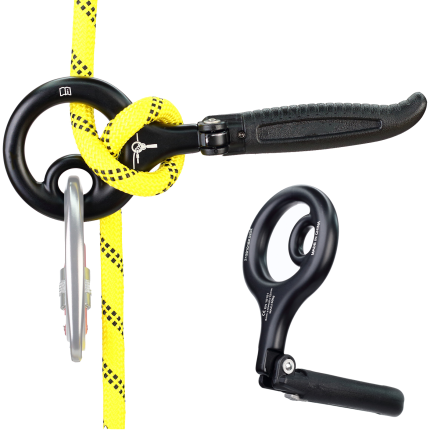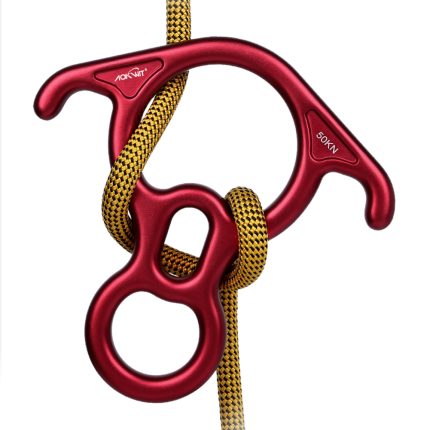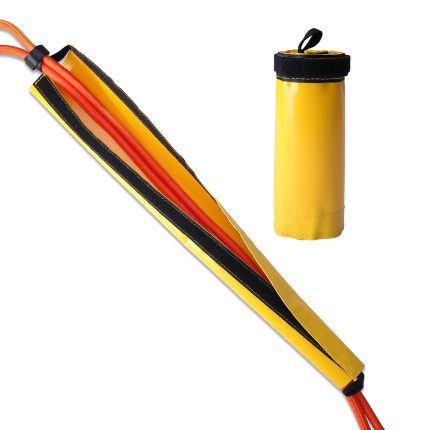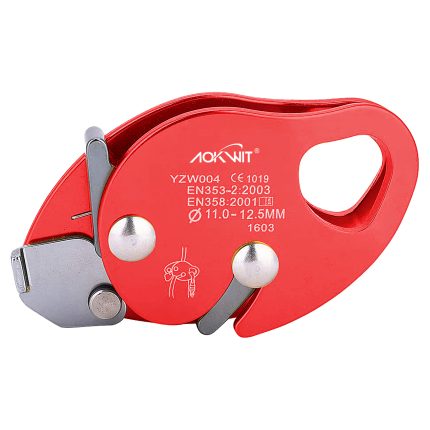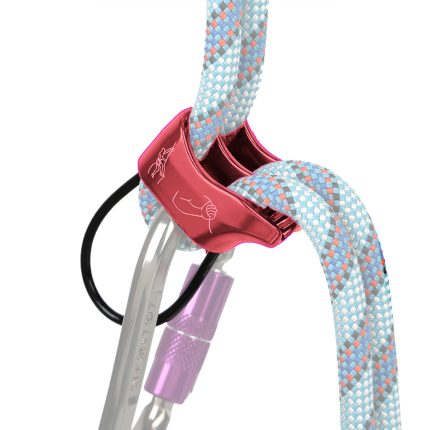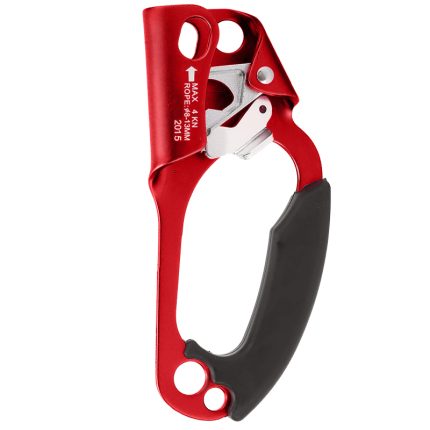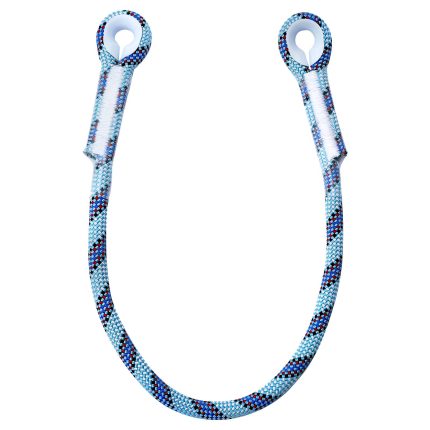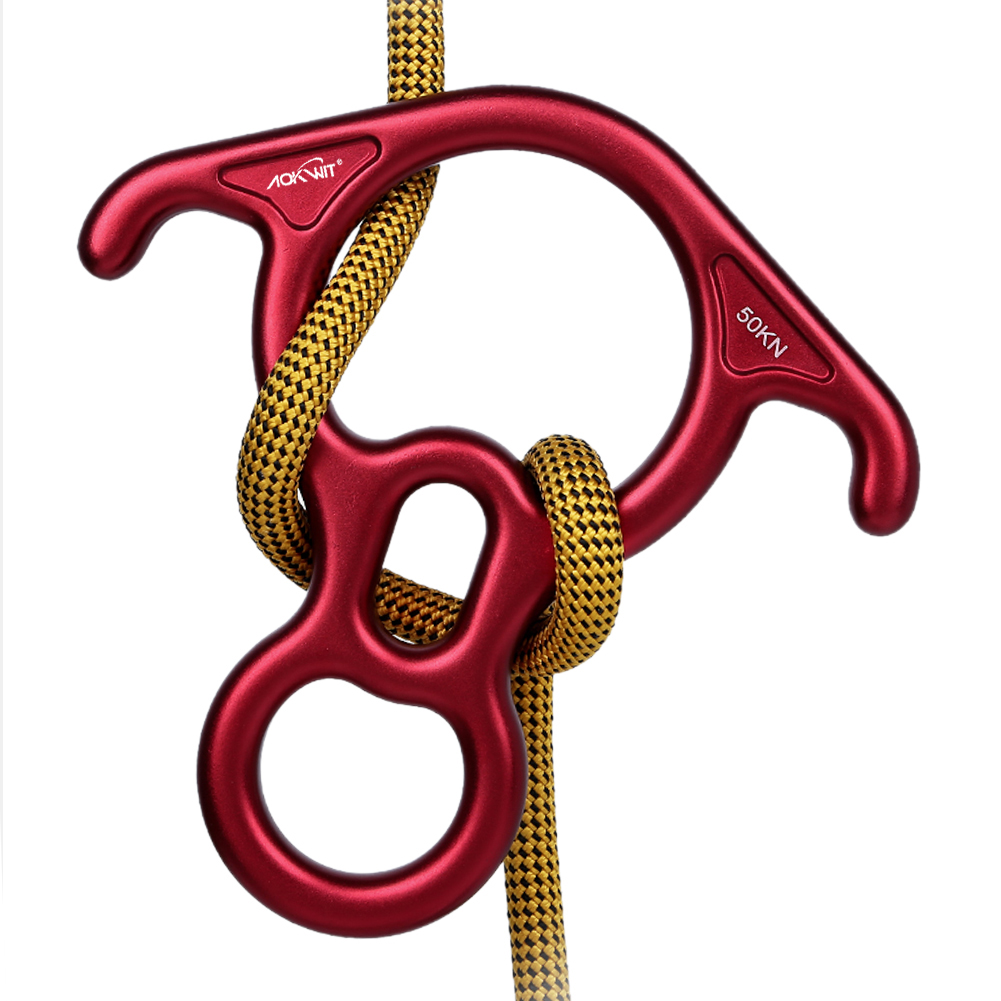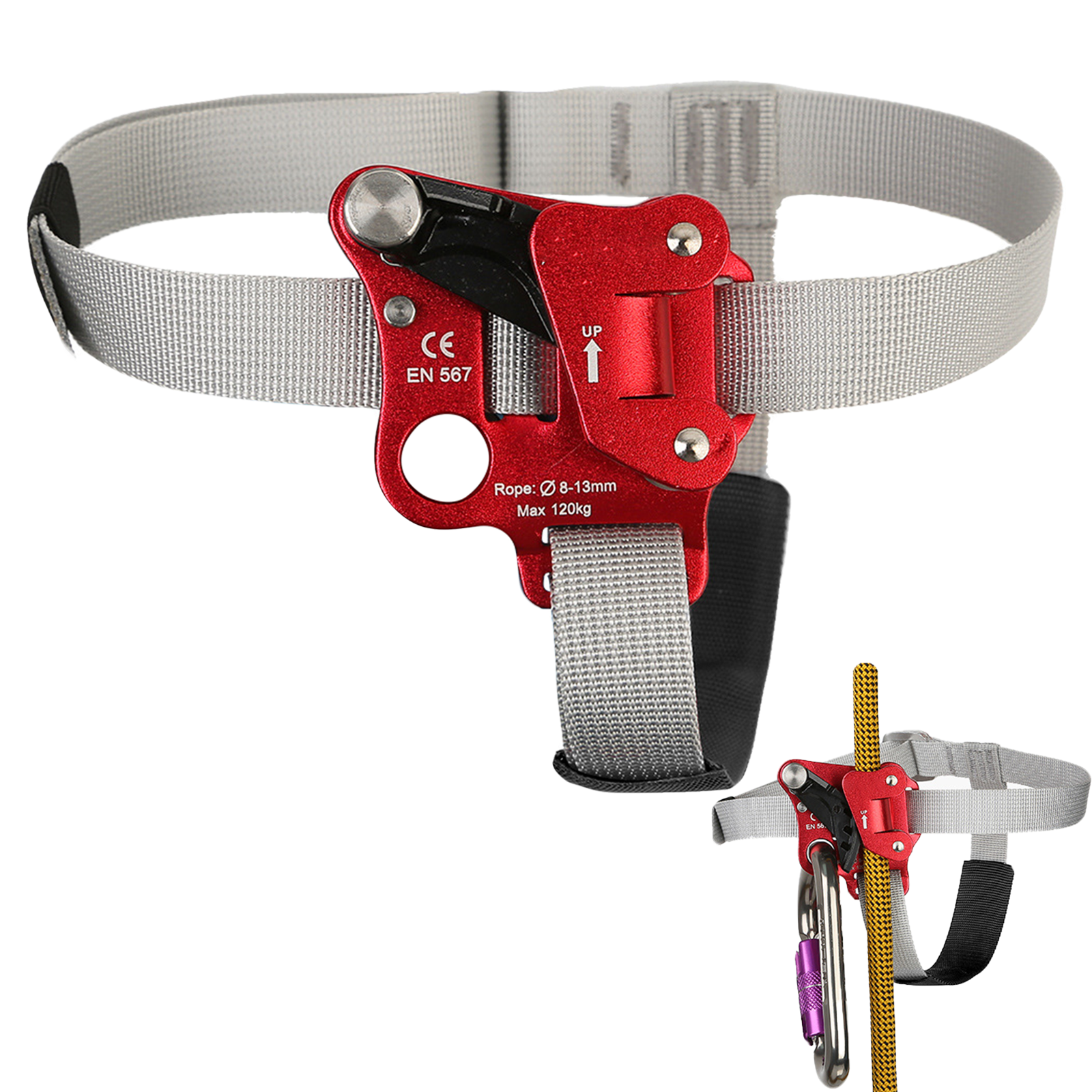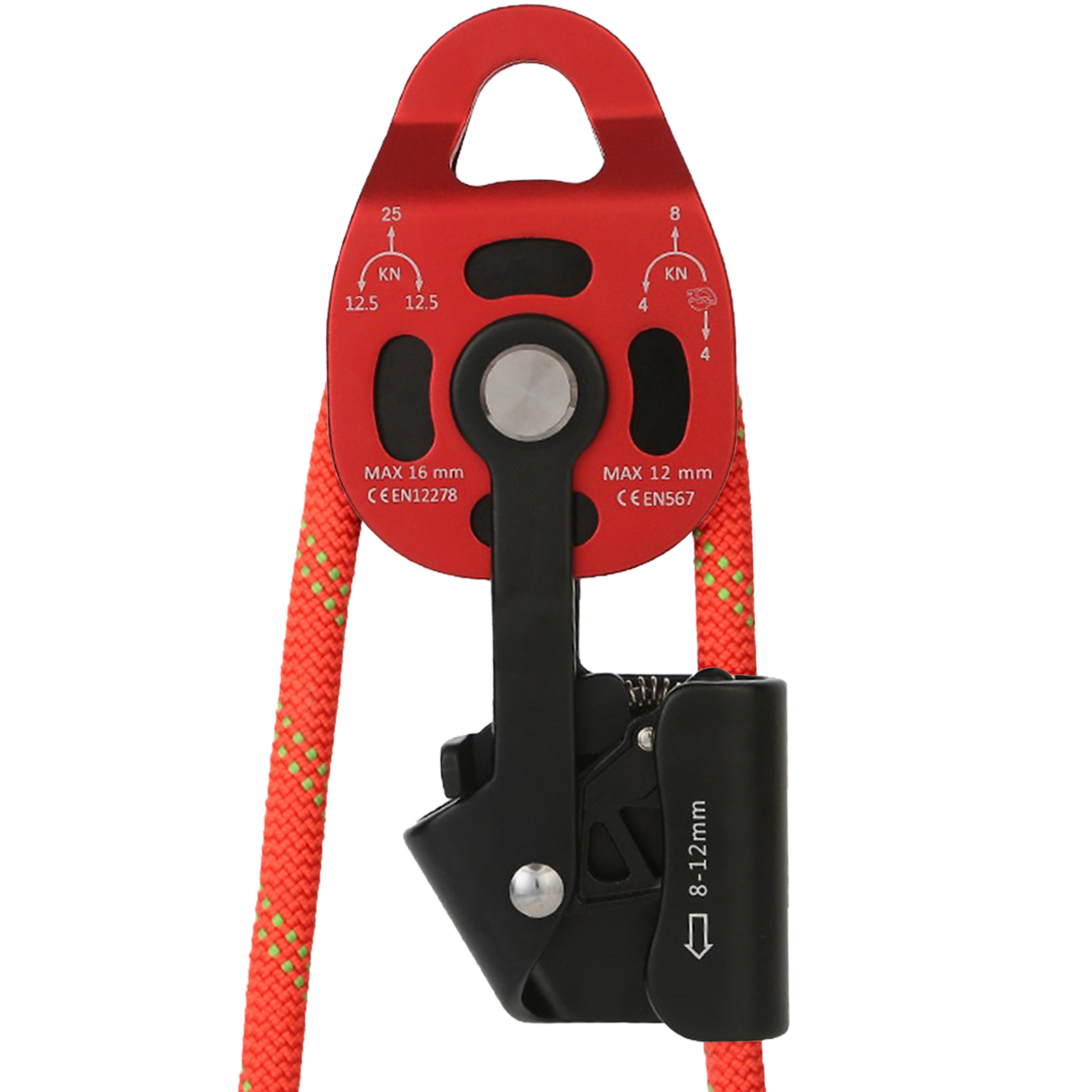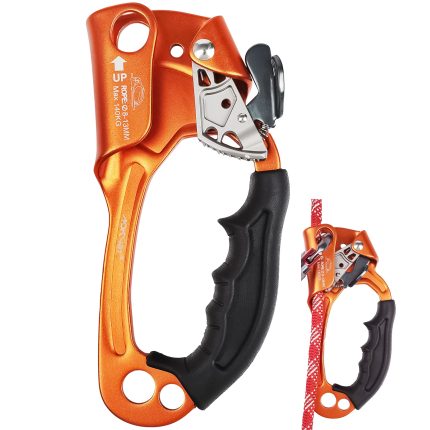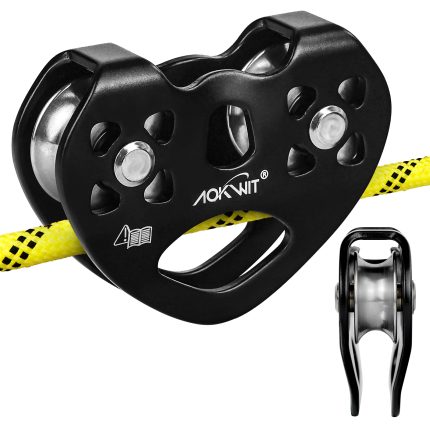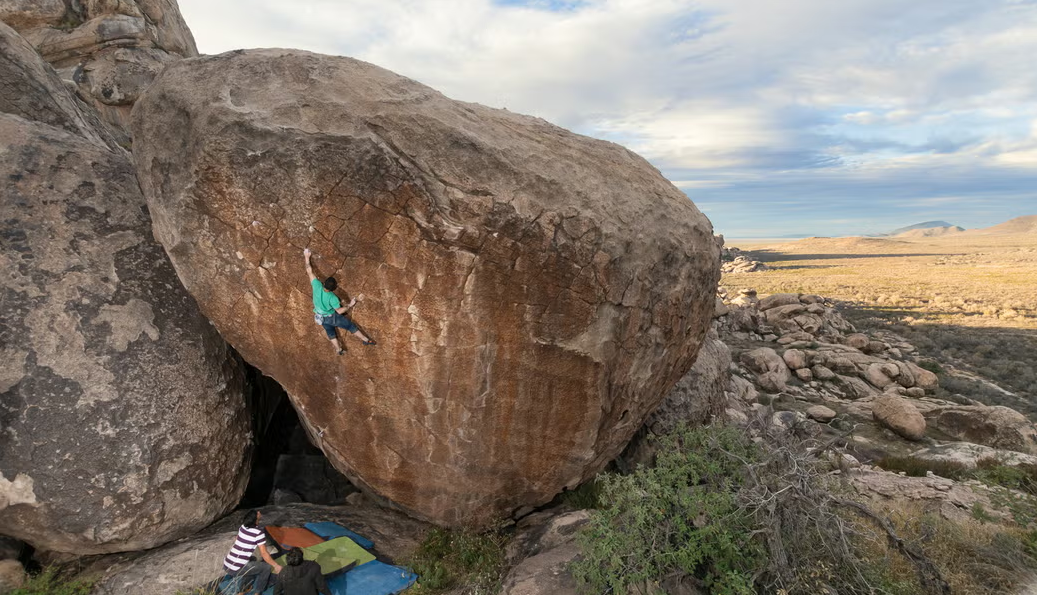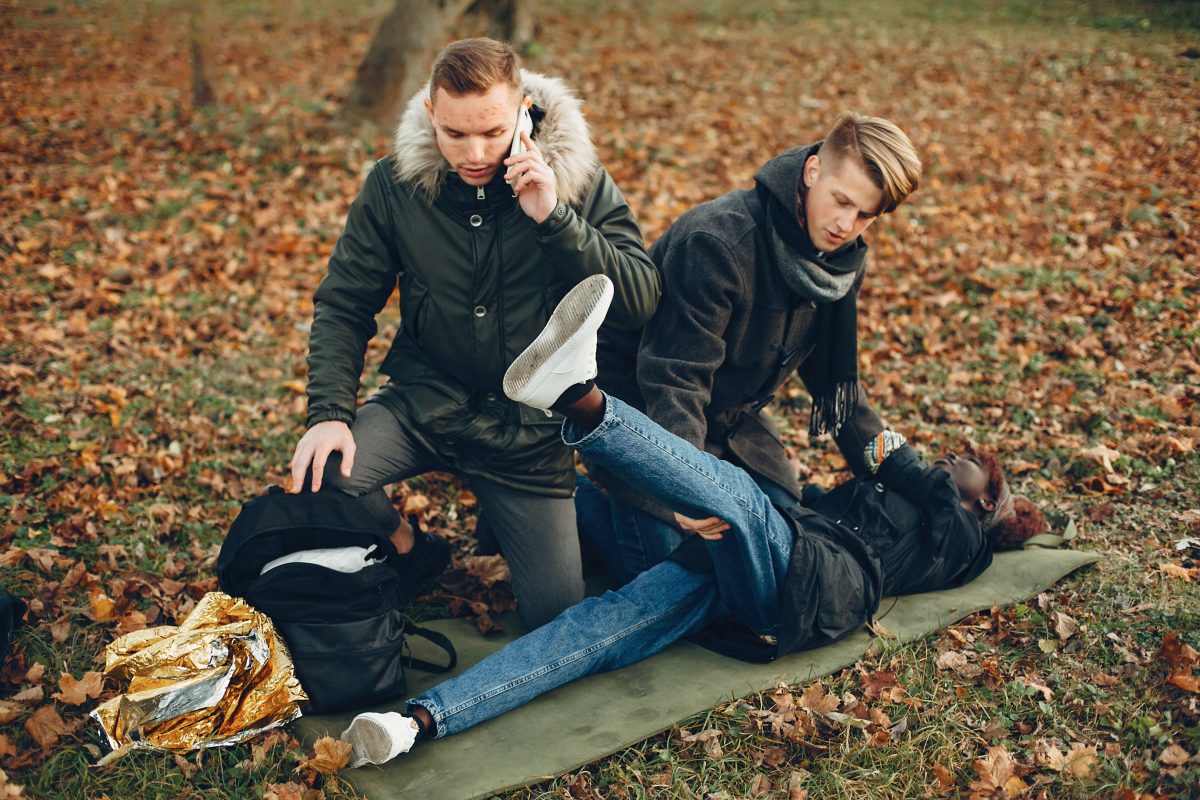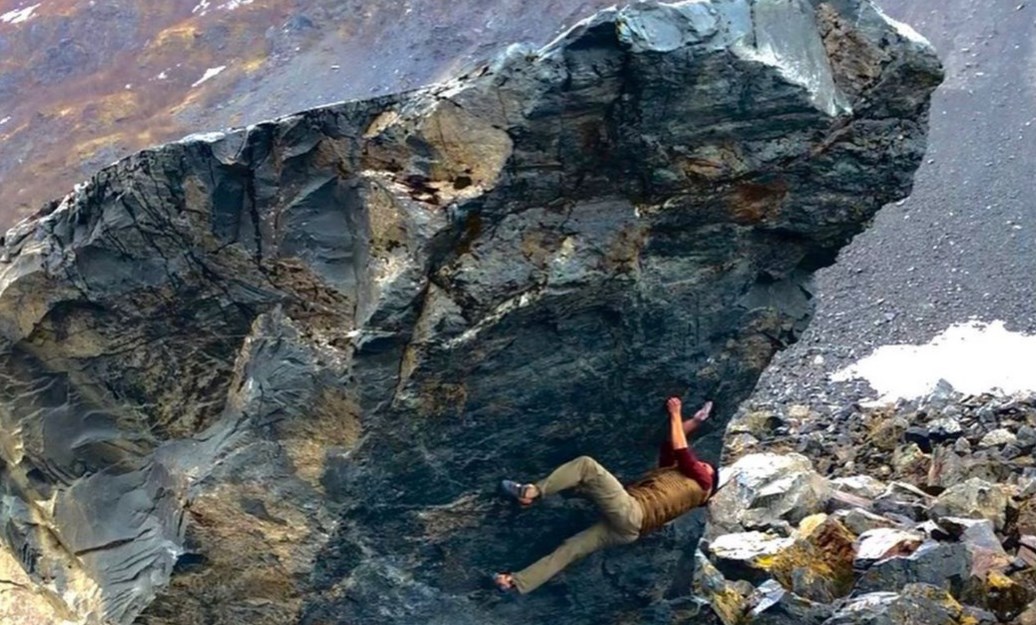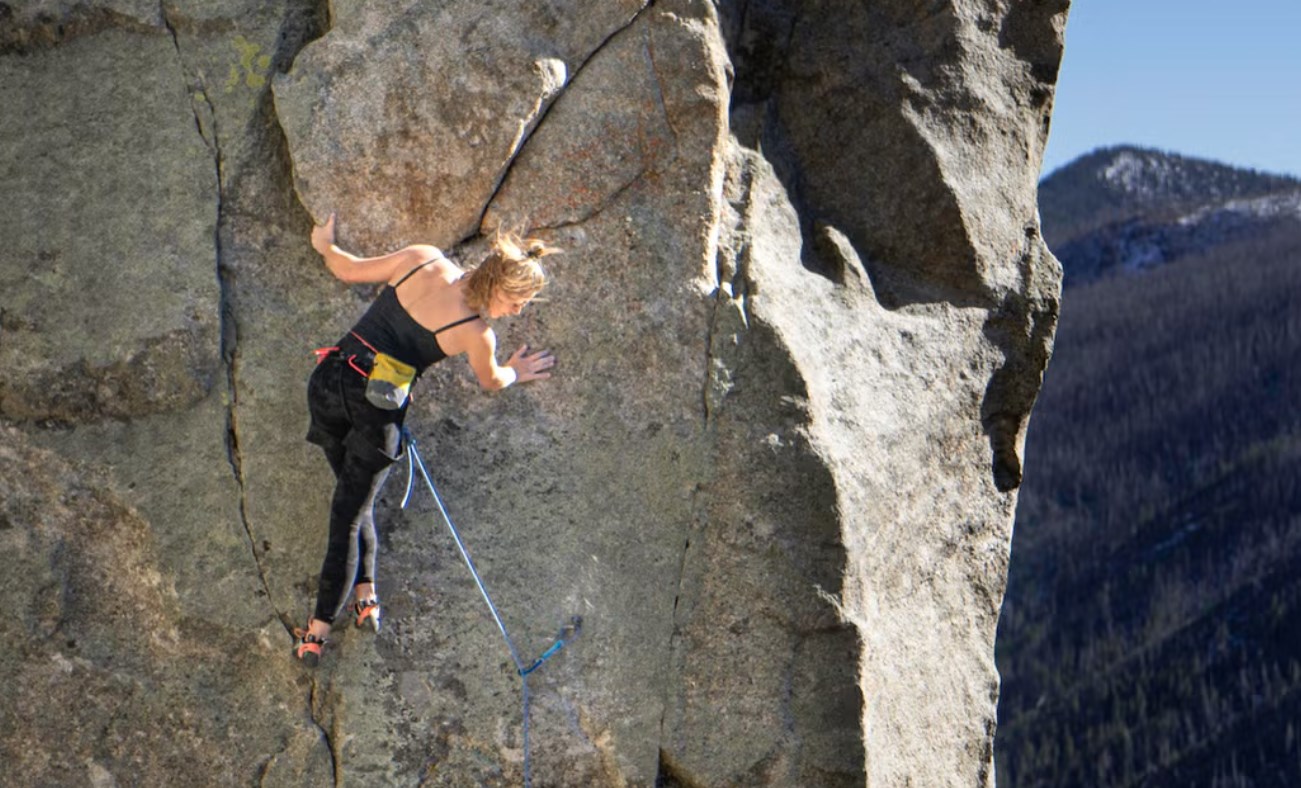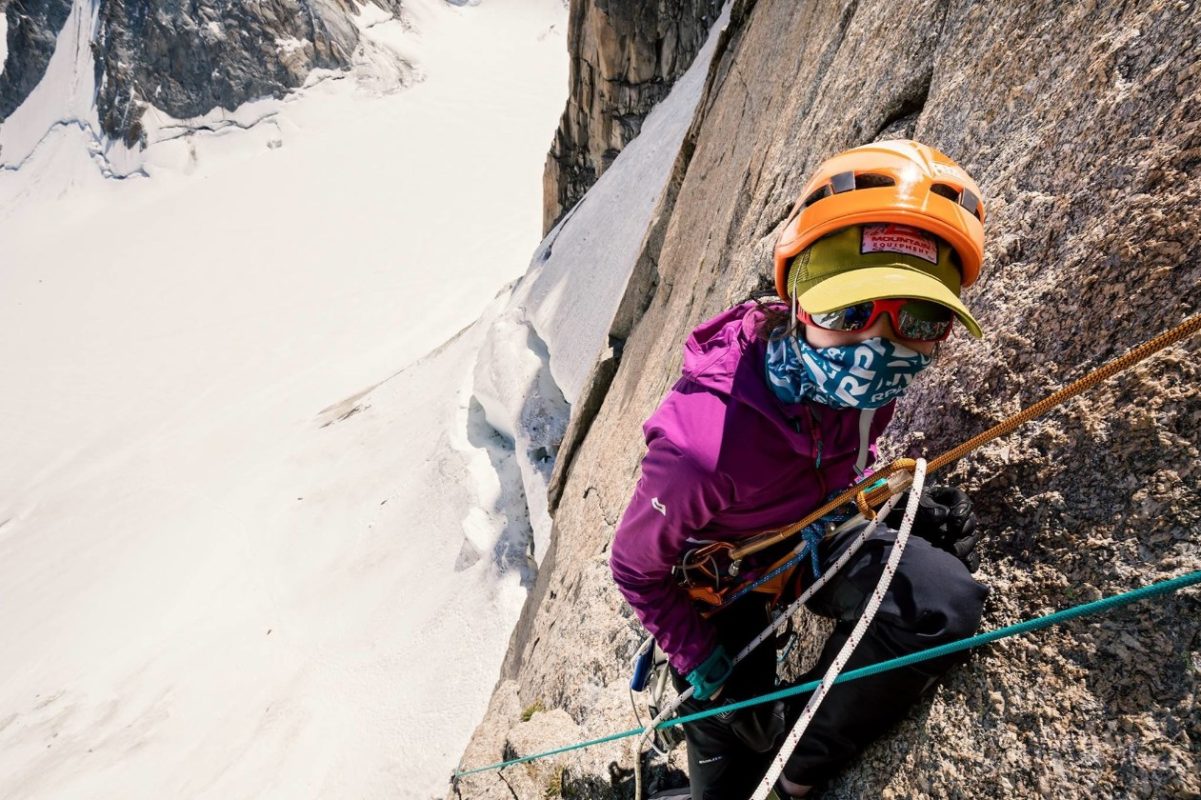First Aid Skills: Hypothermia Management for Mountaineers and Hill Walkers
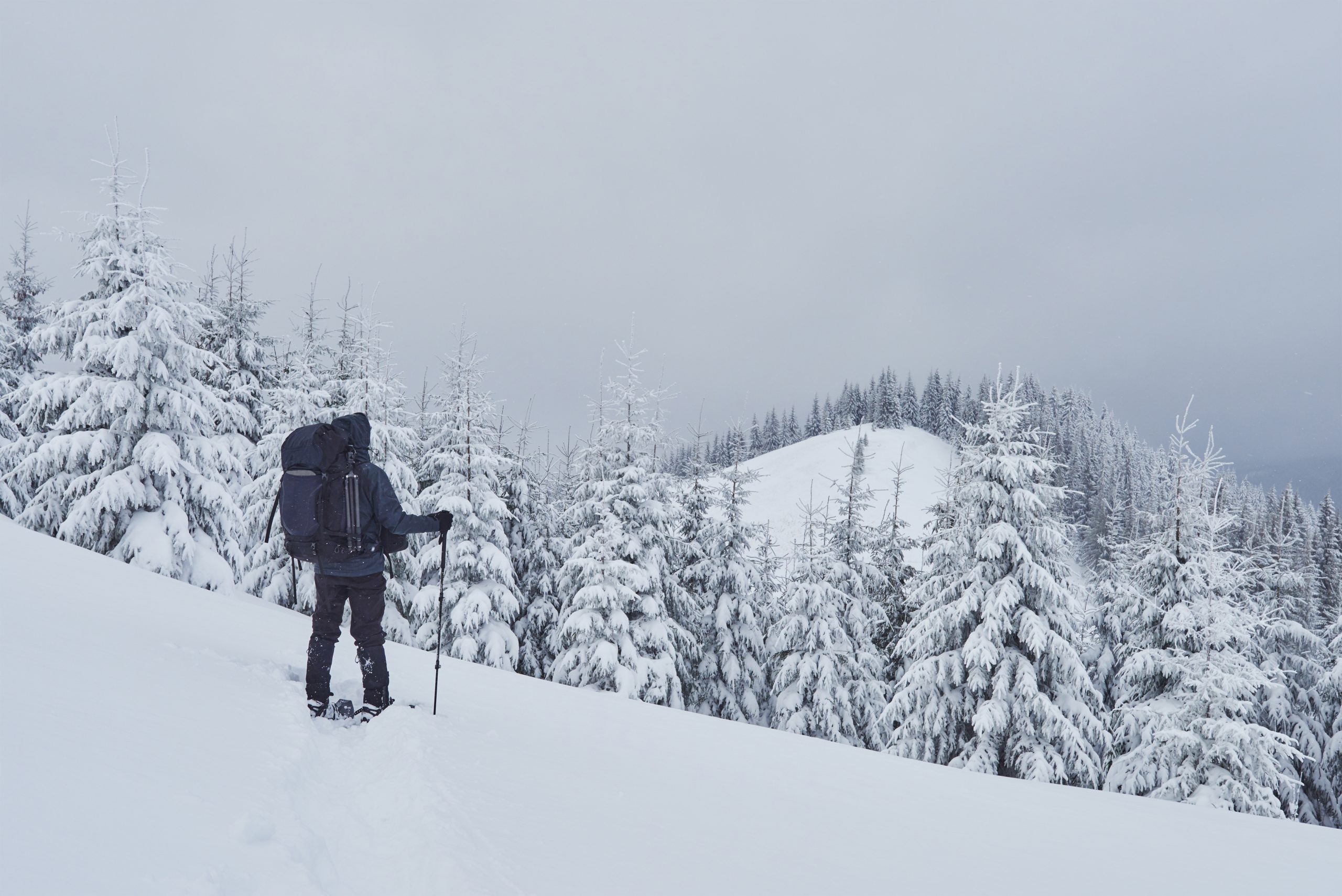
In the mountains, cold is more than just discomfort—it can be dangerous.
Hypothermia can creep up on you, especially when you are wet, tired, and exposed.
Whether you’re caught in a storm or descending after a long winter route, knowing how to recognize and treat hypothermia is crucial for anyone venturing into remote terrain.
I. What is Hypothermia?
Unlike trauma or bleeding, hypothermia doesn’t always look dramatic.
Hypothermia occurs when the body loses heat faster than it can produce it, causing the core temperature to drop below the normal range (average around 37°C; hypothermia is defined as a core temperature of 35°C or lower).
As the body cools, its systems begin to slow down, leading to reduced mental function, loss of coordination, and eventually unconsciousness.
Hypothermia has three key stages, each requiring a different level of response.
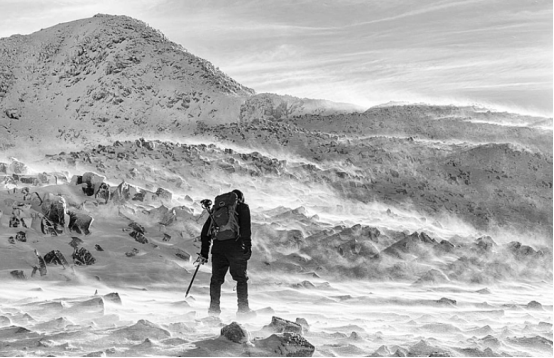
1. Mild Hypothermia
At this stage, the body is still fighting back. Shivering is vigorous, blood vessels constrict to conserve heat, and the casualty is usually alert and able to move.
Symptoms include:
- Persistent shivering
- Pale or ashen skin
- Slurred speech
- Fatigue or irritability
- Poor coordination
What to do:
- Get the person to shelter or out of the wind.
- Replace wet clothing with dry layers.
- Wrap them in an insulated jacket, sleeping bag, or survival bag.
- Provide warm, high-energy food or sugary drinks (if alert and able to swallow safely).
- Keep them horizontal and insulated from the ground.

2. Moderate Hypothermia
As the body cools further, shivering stops—this is actually a very bad sign. Brain function deteriorates, and body movements become clumsy or slow. The victim may appear drowsy or confused.
Symptoms include:
- Shivering stops
- Confusion or withdrawn behavior
- Difficulty speaking
- Muscle stiffness or poor coordination
- Confusion or irrational behavior (e.g., removing clothing)
What to do:
- Do not allow the casualty to walk—they could collapse.
- Handle them gently—rough movement can trigger cardiac arrest.
- Use passive warming (insulation, shelter, shared body heat).
- Monitor breathing and responsiveness closely.
- Call for emergency help or initiate evacuation.
3. Severe Hypothermia
In this advanced stage, the victim may appear unconscious, unresponsive, or even “dead.” Breathing and heartbeat are significantly slowed, and the risk of cardiac arrest is high.
Symptoms include:
- Unconsciousness
- Weak or undetectable breathing
- Very slow or irregular pulse
- Pupils may be unresponsive
- Skin feels cold to the touch
What to do:
- Do not assume they are dead—resuscitation is still possible.
- Keep them horizontal, insulated, and still.
- Apply heat only to the core (chest and back), not to hands or limbs.
- Avoid chest compressions unless there is no pulse.
- Be prepared to perform CPR if necessary, but only if trained and after assessment.
- Expert help is needed—helicopter rescue or mountain rescue may be required.

II. The Danger of Rewarming Shock
Rapidly rewarming the limbs of a severely hypothermic casualty can be fatal.
This causes cold blood from the extremities to rush back to the core, triggering rewarming collapse or ventricular fibrillation (a life-threatening heart rhythm problem).
Always focus on slow, passive rewarming and limit movement.
III. How to Prevent Hypothermia in the Mountains
- Wear moisture-wicking, quick-drying, and warm base layers under a windproof and/or waterproof shell.
- Ventilate clothing to avoid excessive sweating—overheating can lead to chilling later.
- Protect your head, hands, and feet.
- Eat and drink regularly—your body needs fuel to stay warm.
- Carry an emergency shelter and a survival bag.
- Know your limits and turn back before exposure triggers a reaction.
IV. Special Case: Immersion Hypothermia
Immersion cooling occurs when a person suddenly falls into cold water—whether while crossing a river, falling from a sea cliff, or capsizing a canoe.
Water transfers heat 25 times faster than air, so the body cools rapidly.
Within minutes, even a strong swimmer can lose the ability to coordinate movements or keep their head above water.
Main dangers include:
- Cold water shock: A sudden gasp reflex which can lead to inhaling water.
- Loss of muscle function and swimming ability within minutes.
- A rapid drop in core temperature after rescue (known as afterdrop).
What to do:
- Get the victim out of the water as gently as possible.
- Keep them horizontal and avoid sudden movements.
- Remove wet clothing and insulate them immediately with dry layers, a sleeping bag, or a thermal blanket.
- Focus on slow, passive rewarming and monitor for loss of consciousness.
- Avoid hot drinks unless they are fully alert and able to swallow safely.
Immersion cooling requires a rapid but cautious response—rushing rewarming or evacuation without proper handling can cause more harm.
If you are out near cold water hazards or leading groups in coastal or river terrain, this scenario should be part of your planning and training.
V. Summary: Hypothermia is Often Silent
Unlike trauma or bleeding, hypothermia doesn’t always look dramatic.
It often creeps in—clouding judgment, draining energy, and robbing people of the ability to save themselves.
But with the right knowledge and preparation, you can stop it before it becomes life-threatening.


